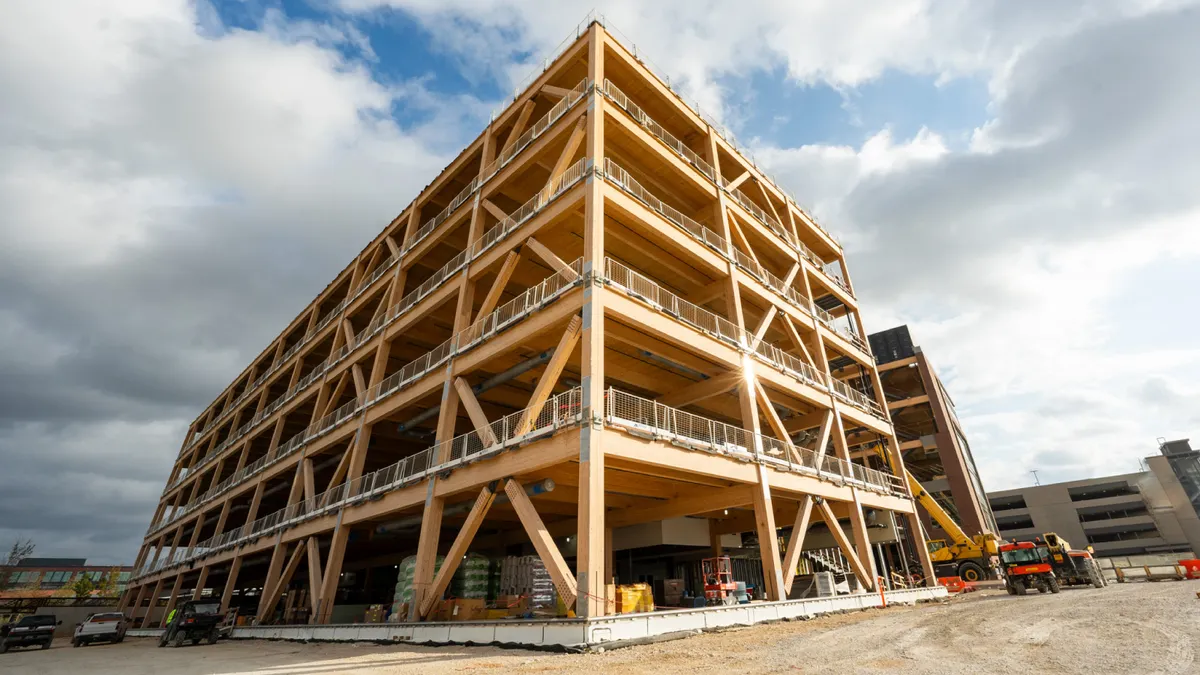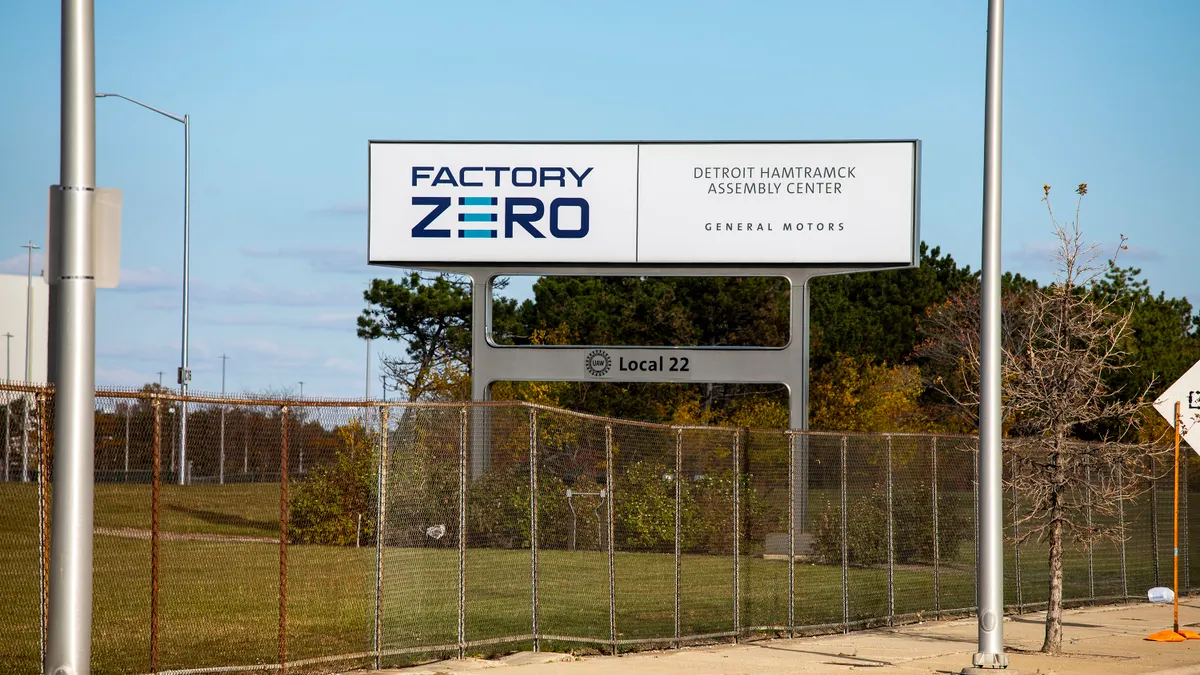Finding the right subcontractor is a critical task for any general contractor or construction manager. Not only should the specialty firm provide top-notch service, but it must also be able to meet staffing requirements and drive production in order to stay on schedule.
Just a few days of delays can have a ripple effect on the agreed-upon timetable and prevent other trades from being able to start or finish their work. The timing of special material orders or prearranged equipment rentals can also be jeopardized if a subcontractor can't keep up.
Some contractors have turned to carving up contracts and subcontracting with two or more specialty companies to ensure an integral part of the project will be completed on time. While that could work, the issue is often not so easily solved. Breaking up the scope of work depends on the type of project, the scale of the job, and the reliability of the subs doing the work.
How to determine if a split is right
"In new construction … we would not split up the project in any kind of abnormal way," said Steve Clem, vice president of preconstruction for Skanska USA's Oregon operations. The warranty needs to be enforceable with Skanska's trade partners, meaning the already potentially cumbersome process of determining who's responsible for various repairs or even defects could present a serious challenge when different subs are on the project doing the same scope of work.
If a company were to take that approach — such as by parceling out half the floors of a hotel to one electrician and half to another — the scope of work would have to be very specific, said John-Patrick Curran, principal at Sive, Paget and Riesel in New York. Failing to do so could lead to a considerable amount of finger-pointing in the case of a defect or a deficiency.
The trade would also have to be one that could be readily split up and tracked by a logical division such as hotel rooms, floors or apartment units. "The guy pouring the foundation — it would be tough to split his work," he said.
Several issues arise when it comes to awarding projects to more than one subcontractor, and they all have to do with coordination and communication, said Michael Weber, principal at Gaston Electrical, in Norwood, MA.
The construction manager would be responsible for drawing the "line in the sand," he said, in which one electrical contractor's work stops and another's begins. The subcontractors themselves must be on board and agree to act in concert to get the job done.
There are circumstances in which it would make sense to hire more than one trade for the same scope of work. Those include if the project has a diversity goal, one of the tenants has a preferred contractor for the build-out portion, or the job has a natural phased progression with a clear dividing line, Clem said.
When working with a Small Disadvantaged Business — such as one owned by a minority, a veteran or a woman — that firm would most likely take the position of a sub-subcontractor, in a direct contractual relationship with the primary subcontractor on the project, Clem said.
When Skanska builds a new office building or other projects for which tenants design their own finished space, those companies often have preferred subcontractors they've worked with before, Clem said. For example, the electrical work on the main box of the building would be performed by one contractor and the lighting and specialty electrical installation inside a leased unit done by another.
"We have been on projects recently for which we've done the core and shell, and the tenant fit-up was being constructed by another electrical contractor, [but] both [portions of the job] had the same end date," he said.
Other factors to consider
Often, how the subcontracts are doled out depends on how the project is phased, said John Williamson, a project executive at Skanska USA.
Skanska once built a hospital project that required a parking garage be constructed six to nine months ahead of the actual hospital's completion, he said. The parking garage had one electrician and the building had another, an arrangement that worked with the flow of that particular job.
Projects in urban centers typically face fewer challenges finding subcontractors with the resources to handle massive workloads on their own than do projects elsewhere, Clem said.
Large projects located outside of urban areas will sometimes use nearby contractors to encourage local participation. In that case, project managers may also seek larger, regional companies to make up the difference. "We absolutely do look at ways to get the best of both worlds," Williamson said.
Communication is key
Project closeout is also a consideration when general contractors start divvying up a scope of work, Weber said. "Coordination and communication must be perfect. As systems such as the fire alarm, mechanical units, security and life safety turn on ... the process needs to be seamless," he said. "When multiple subs are involved in the same system, you're adding layers to a process and that could be detrimental to the project."
Weber said a seasoned project manager should be able to manage this by clearly communicating his or her expectations of "who owns what." A good electrical contractor will also proactively communicate with the construction manager and other electrical contractors on site about potential pitfalls ahead, where any gaps in the scope exist, and how they can assist in helping to alleviate problems.
"If this is a path the construction manager or owner chooses, they must select [subcontractors] that they trust, are reliable, have the right expertise for the project, and will strive to ensure the project team works together toward a common goal."

Michael Weber
Principal, Gaston Electrical
One way two subcontractors could share work with minimal confusion, Clem said, is by forming a joint venture.
Gaston has not yet participated in a joint venture with another electrical contractor, Weber said, acknowledging it would likely alleviate much of the confusion and tedium around dividing up the scope of work. In that case, the joint venture, not the general contractor, would be responsible for setting the scope. "Assuming [there is] one main point of contact for a joint-venture electrical contractor who would manage the entire electrical scope, it would be the responsibility of the joint venture to make sure all systems are complete and in working order for the testing and start-up process," Weber said.
Laws governing joint ventures vary from state to state, and the process of forming a joint venture is often a lengthy one, Clem said, making the sub-sub relationship more common.
"If this is a path the construction manager or owner chooses, they must select [subcontractors] that they trust, are reliable, have the right expertise for the project, and will strive to ensure the project team works together toward a common goal," Weber said.




















